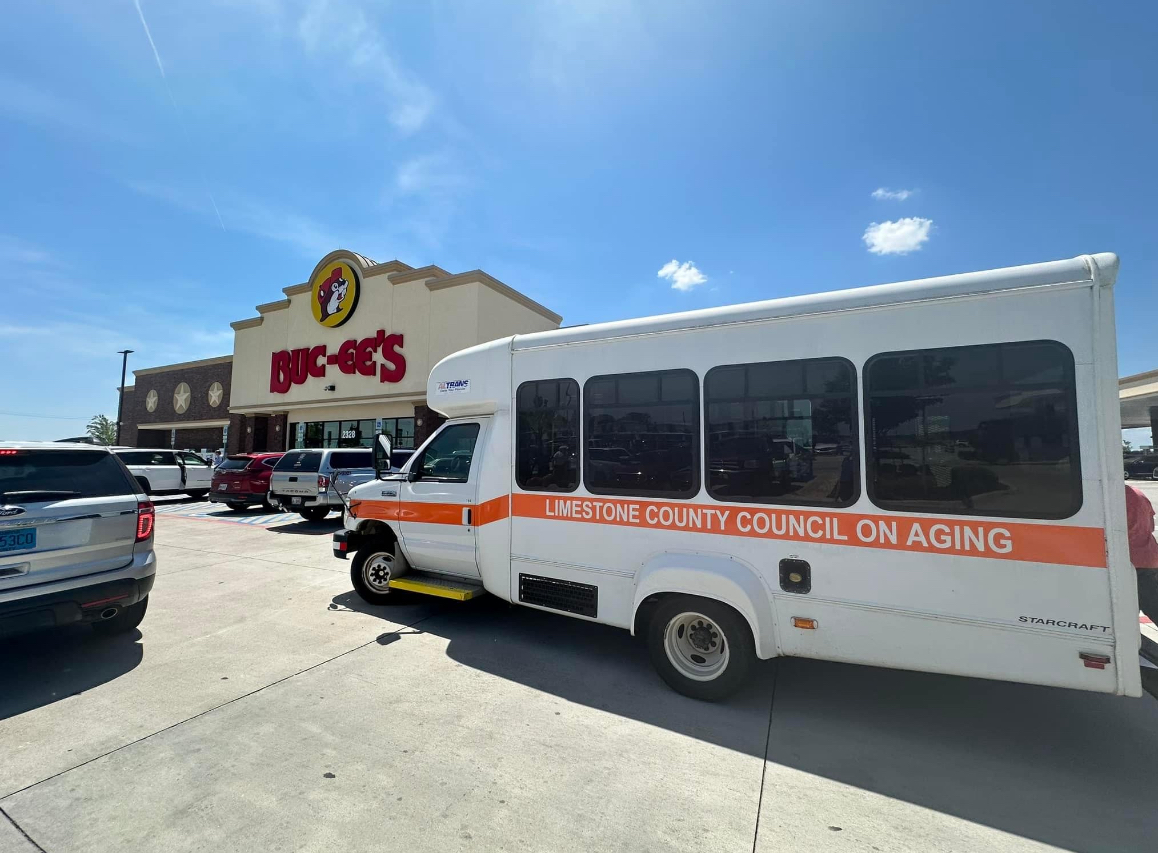Commissioner: No state inmates housed in county jails by this week
Published 8:27 pm Saturday, August 12, 2006
Prison Commissioner Richard Allen said Friday there would be no state inmates housed in county jails by this week.
Allen, who took over as commissioner in February, was in town to speak to Rotary Club about the state’s efforts to alleviate prison overcrowding and to present certificates of commendation from Gov. Bob Riley to two correctional officers.
Limestone Correctional Facility officers Darwin V. Halbrooks and Richard D. Stover earned the commendations for saving a couple and dog from a burning house in April on Nick Davis Road. Lightning had struck the house and Halbrooks and Stover saw the flames when they were driving to work and got the couple, their dog and several household items out before the roof collapsed.
The Alabama Department of Corrections has also nominated the two officers for the 2006 Public Safety Officer Medal of Valor, sponsored by the U.S. Department of Justice.
In a meeting with the News Courier before his Rotary speech, Allen mapped out DOC plans to fulfill the recommendations of the Governor’s Task Force on Prison Overcrowding. He said it’s a plan in which he believes so strongly that it persuaded him to come out of retirement to accept the governor’s offer to head the prison system.
Allen, a former assistant attorney general and a retired Army Reserves brigadier general, said his mandates from the governor when he took the post were to: ensure public safety and the safety of correctional officers and “free-world” people who work at the prisons; see that prisons are operated humanely, and seeing to education, job training and spiritual needs of inmates.
Allen said the state’s 21,000 inmates are housed in 29 facilities. He said 700 new inmates are entering the system each month with 581 exiting. Lack of bed space for the 119-inmate a month increase causes prisoner backup in county jails.
A year ago, Alabama’s prison system was the subject of four lawsuits, all of which have been settled, except one, and Allen said that concerns conditions at Julia Tutwiler Correctional Facility for Women in Wetumpka, which he said now is in the “monitoring phase” and soon to be settled. Some 300 Tutwiler inmates continue to be housed in Louisiana.
Under the governor’s plan, the DOC would alleviate overcrowding; hire 500 more correctional officers; repair, renovate or rebuild the system’s aging physical plants and deal with soaring health care costs.
“The main thing is money,” said Allen. “But the governor has promised that he will go to the Legislature for the money to attack the problems.”
Allen said the problems of the system have grown because it usually operates in a “crisis” funding mode.
“When there’s an emergency, the Legislature will come through and give us funding,” according to Allen, who said health care appropriations have increased from $44 million up to $80 million over the last three years. He said $18 million to $21 million comes back into the system through the prison labor system, which includes work release, commissaries and getting a percentage of the income from inmate phone calls.
Currently, the system is converting a warehouse for 300 additional beds at Limestone Correctional Facility. Designed with a capacity of 874, Limestone now houses 2,115 inmates as of Friday, according to Warden Billy Mitchem.
The system is establishing community-based corrections, such as one that was recently approved for Limestone County. The community centers are now in 36 out of 67 counties and some are housed in such buildings as a converted canning factory and a gymnasium. Allen said the system is also banking on sentencing reform that allows for standardization throughout the state and a more flexibility.
Limestone County Sheriff Mike Blakely said he believes the centers are, at best, a stopgap measure.
“They can be a positive thing, but I think maybe they’re putting all their eggs in one basket,” said Blakely. “Because the rate of recidivism is so high, most of them will be back in the system, so [the centers] just give some breathing space.”
Blakely said the answer is building more prisons. He said the cost is high, but not as high as the cost to society if dangerous criminals are released.





